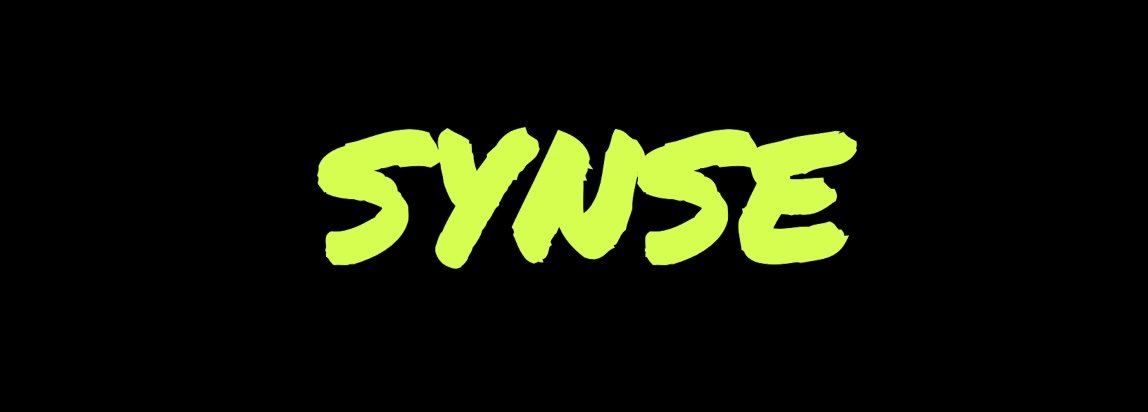Convergent vs. Divergent Thinking: The Dual Engines of Innovation in Sales & Marketing
The best strategies, whether in sales, marketing, or product development, don’t just emerge from a single perspective—they result from balancing two modes of thinking: convergent and divergent. Understanding when to explore broadly and when to focus sharply is the difference between chasing trends and leading the market.
Seth Godin, one of the most insightful voices in marketing, often emphasizes that great ideas don’t come from following a formula—they come from challenging assumptions, experimenting, and refining relentlessly. Whether you’re designing a new product, refining a sales process, or launching a marketing campaign, the right mix of divergent creativity and convergent execution makes all the difference.
With that said, let’s proceed to break it down.
What is Divergent Thinking?
Divergent thinking is expansive. It’s about generating ideas, exploring possibilities, and considering multiple solutions. It thrives in brainstorming sessions, strategy meetings, and product development phases where creativity and disruption are needed.
In the context of sales and marketing, divergent thinking helps teams ask “What if?” instead of “What now?” It leads to innovative campaigns, unique value propositions, and new ways to engage customers. Divergent thinking is about breaking rules to see what’s possible.
How to Apply Divergent Thinking:
1. Digital Marketing:
• Brainstorm creative campaign ideas without limitations.
• Explore new channels or unconventional tactics (e.g., interactive storytelling, gamification, or niche influencer partnerships).
• Test wild, unexpected angles in messaging (e.g., emotional storytelling vs. direct response marketing).
2. Sales Strategy:
• Redefine what a “sales conversation” looks like—should you be selling, or should you be educating and building community?
• Ask, “How do our customers want to buy, and how can we make that effortless?”
• Experiment with different outreach methods, from personalized video messages to LinkedIn voice notes.
3. Product Development & Refinement:
• Think beyond incremental updates—what would make this product 10x better instead of just 10% better?
• Challenge the core assumptions of the industry—why does everyone do it this way, and what if they didn’t?
• Prototype fearlessly. Test fast, fail fast, and learn fast.
What is Convergent Thinking?
If divergent thinking is about expansion, convergent thinking is about narrowing down and executing. It takes the raw material of ideas and filters them into actionable, strategic decisions.
Convergent thinking focuses on efficiency, optimization, and problem-solving. It asks:
• What’s working?
• What’s scalable?
• What’s the most effective path to our goal?
This is where businesses move from creativity to clarity, from ideas to implementation.
How to Apply Convergent Thinking:
1. Digital Marketing:
• Analyze data and optimize campaigns—which messaging resonates most?
• Identify the most cost-effective channels and double down.
• Focus on conversion rate optimization (CRO) rather than just traffic.
2. Sales Strategy:
• Use data-driven decision-making to refine prospecting (e.g., Who are the highest-value customers? What’s their biggest pain point?).
• Automate or streamline repetitive sales tasks to improve efficiency.
• Develop sales playbooks based on best-performing tactics.
3. Product Development & Refinement:
• Focus on the core features that truly matter to users instead of trying to build everything.
• Test and measure against real-world constraints—will this work at scale?
• Apply customer feedback loops to refine the product incrementally.
The Power of Balancing Both
Great marketing, sales, and product strategies don’t favor one mode of thinking over the other—they blend both. Here’s how they work together:
Divergent Thinking:
Generates new ideas
Expands possibilities
Encourages experimentation
Asks, “What if?”
Convergent Thinking:
Select the best ideas
Narrows focus
Optimizes and executes
Asks, “What works?”
Bringing It All Together: A Practical Example
Let’s say you’re launching a new SaaS product:
• Divergent Thinking Phase: You brainstorm creative ways to differentiate—maybe it’s a new pricing model, a viral marketing campaign, or an unconventional sales approach (e.g., community-led growth). You gather insights from users, competitors, and emerging trends.
• Convergent Thinking Phase: You take those ideas and filter them. What’s feasible? What aligns best with market demand? You refine the messaging, prioritize core features, and craft a go-to-market strategy that is both bold and executable.
The Takeaway: Think Like a Consultant, Act Like a Visionary
Divergent thinking gives you the edge. Convergent thinking gets you results.
Too much divergence? You end up with big ideas that never ship.
Too much convergence? You get incremental improvements but no true innovation.
The best companies—and the best sales and marketing teams—find the rhythm between these two mindsets. They explore widely, test fearlessly, and then refine, execute, and scale.
So the real question is:
Where does your business need to diverge, and where does it need to converge?
Let’s talk. 🚀
